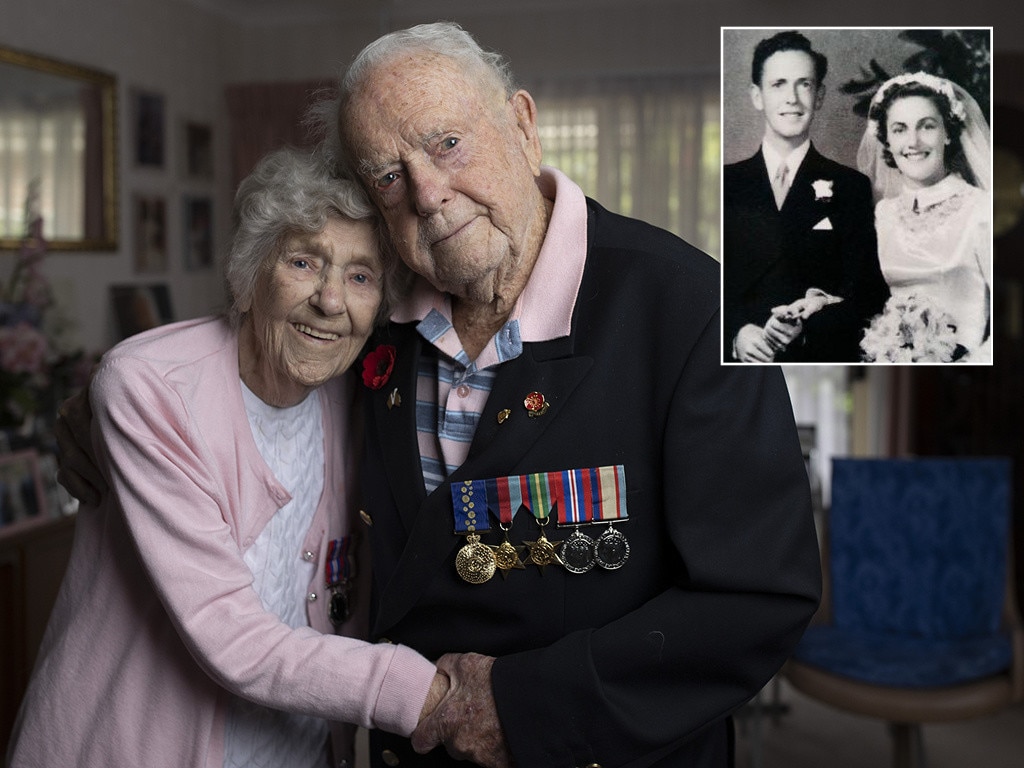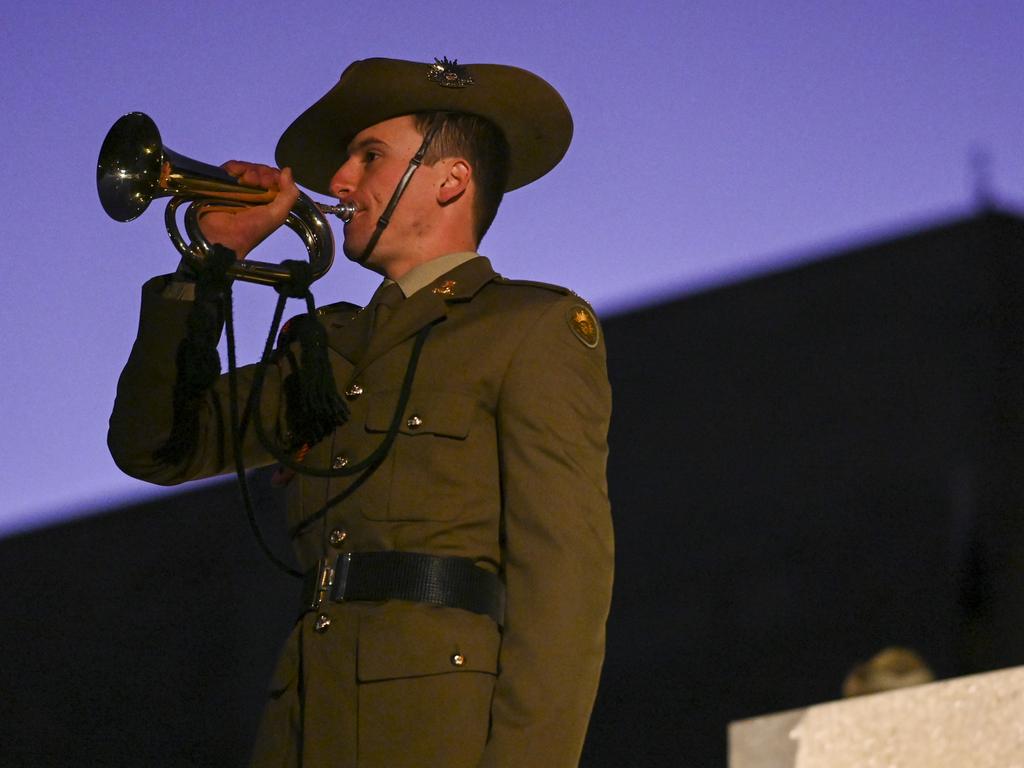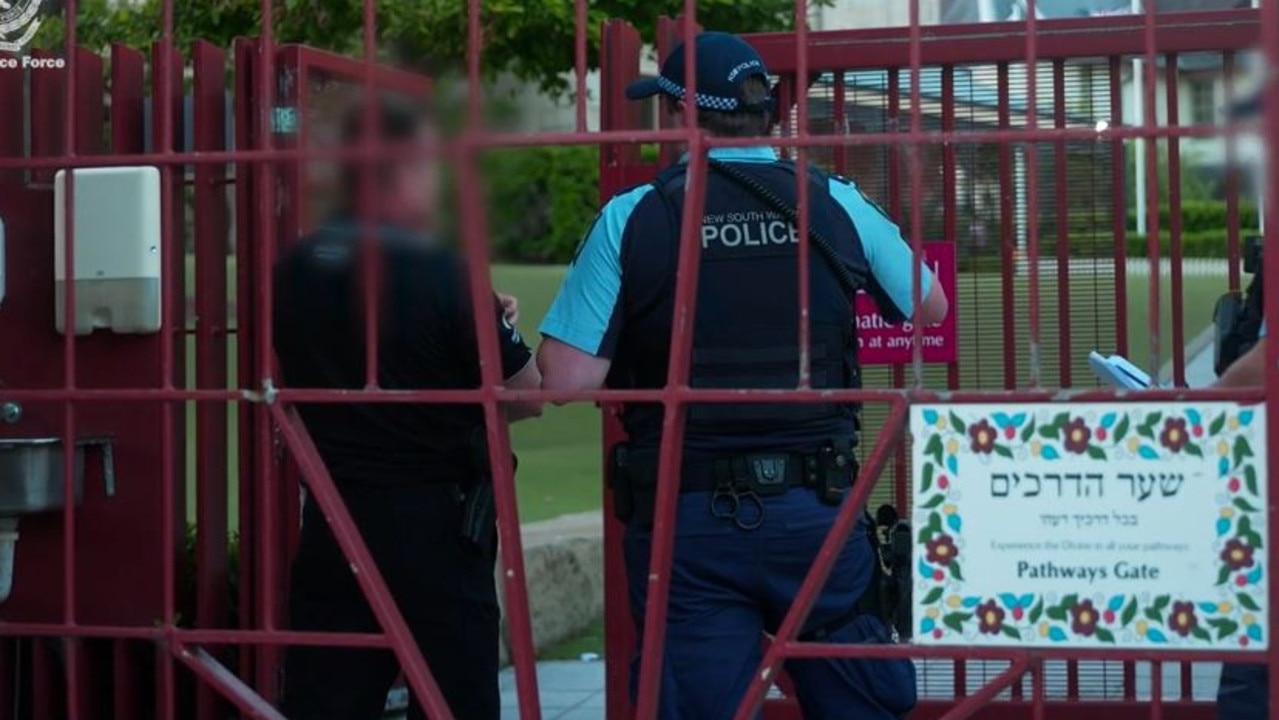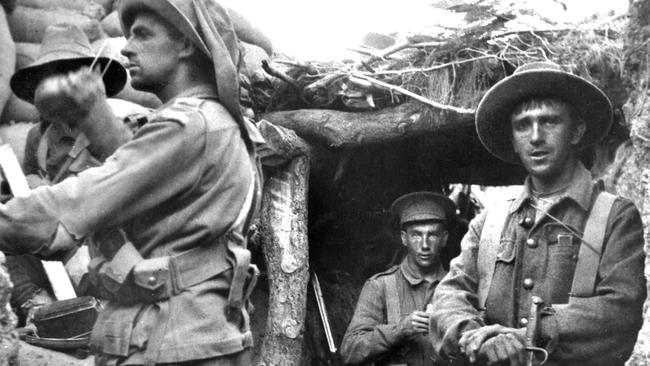
It is a little-known fact that Anzac Day has a special meaning for the Australian Army. On this day it commemorates – along with others – the landing of the First Australian Imperial Force in Gallipoli on April 25, 1915. And also the final day of the Battle of Kapyong in the Korean War – April 25, 1951.
As we know, the Dardanelles campaign led to defeat with the withdrawal of Allied forces from the Dardanelles in December 1915. It is fashionable in left-wing circles to describe the landings as an illegal invasion of Turkey, which was part of the Ottoman Empire. This overlooks the fact that the Ottoman Empire was an ally of Germany – and Germany, under Kaiser Wilhelm III, was at war with Britain and France, and more besides.
Historian John Terraine wrote in his introduction to the 2003 edition of Correlli Barnett’s The Great War (which was based on the 1964 BBC TV documentary of the same name): “Most historians – even German ones – now agree that Germany was the starting point of the conflict … for only the German war plan involved an invasion of another country (France) whether or not the country itself intended to go to war.”
Anyone who has been to, or viewed the topology of, the Dardanelles will realise the landings at Anzac Cove and elsewhere were an impossible task.
The Allies found the going tough during the D-Day landings in France in June 1944, even though, for the most part, the beaches in Normandy are flat, which made entry to landings by troops and machines relatively easy. Sadly, the military triumph of the Gallipoli campaign was the orderly and relatively safe retreat.

The First AIF went on to make a vital contribution to victory over Germany on the Western Front.
It’s an exaggeration to claim – as a few do – that the AIF, under the leadership of General John Monash, defeated the German army. But it’s correct to state that the AIF played a crucial role in the military victories in the northern spring of 1918 – alongside British, Canadian and New Zealand forces. The US did not enter World War I until late 1917 and made scant impact on the outcome.
The Korean War was the other occasion when Australia contributed significantly to a victory on the field of battle. Australia was one of 21 nations that contributed forces to defend non-communist South Korea against communist North Korea. The mission, which was sanctioned by the UN (the Soviet Union’s decision to boycott the UN at the time meant it could not force a veto in the UN Security Council) was led by the US, with General Douglas MacArthur as supreme commander.
The Korean War began in June 1950 and has never formally ended. However, an armistice was agreed in July 1953 whereby the communist and non-communist regimes returned to the boundaries that had applied at the end of World War II. Namely, the nations were divided along the 38th parallel. For a time it had appeared that North Korea, supported by China following the communist victory in the Chinese civil war in December 1949, would prevail.
Indeed, North Korea had conquered all of the south apart from a small parcel of land in the southeast based on Pusan. Then Douglas MacArthur’s forces struck behind enemy lines around Inchon and drove North Korea to beyond the 38th parallel.
The Menzies Coalition government committed naval, air and ground forces in support of South Korea. It’s fair to state that the most important contribution was made by the 3rd Battalion, Royal Australian Regiment.
After North Korea’s defeat at Inchon, China, under the leadership of the Chinese Communist Party headed by dictator Mao Zedong, decisively entered the war in April 1951 in support of North Korea. Its aim was to take the capital, Seoul, southeast of Kapyong.
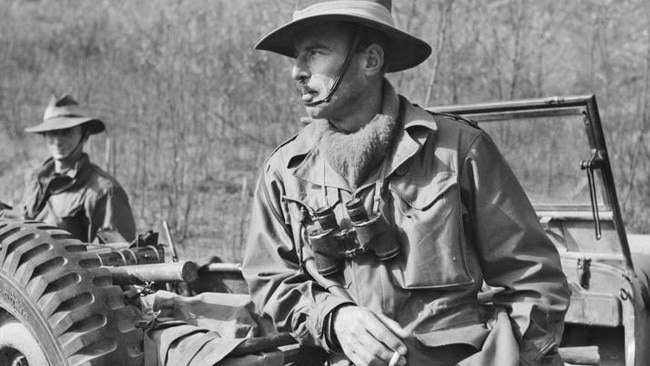
On April 23 3RAR, supported by Canadian, American and New Zealand forces, engaged Chinese forces at the Battle of Kapyong. Fighting continued the following day. By Anzac Day 1951 the Chinese forces had ceased attacking.
The story is well told by Robert O’Neill in the official history titled Australia in the Korean War 1950-53 Volume 1. And, more recently, in Tom Gilling’s The Diggers of Kapyong (Allen & Unwin, 2024). As Gilling put it, “the dogged defence conducted by 3RAR at Kapyong, supported by American tanks and by the artillery of the New Zealand 16th Field Regiment, blunted the Chinese spring offensive”. The armistice was agreed to on July 27, 1953 – under which the autonomy of South Korea was preserved.
Right now, Western civilisation and its achievements are under attack, primarily from homegrown members of the left intelligentsia and by some migrant groups, some members of which are hostile to the West. Yet no one is forced to live in, or migrate to, Australia.

Last Armistice Day (November 11) in Britain was marked by hostile demonstrations in London that led to an exclusion zone being erected around the Cenotaph. The demonstrators overlooked the fact that but for those who fought and died in Britain’s various conflicts, there would be no freedom to demonstrate in London – or indeed, in Melbourne, Australia’s most left-wing city.
In an interview with Patricia Karvelas on ABC Radio National Breakfast last Thursday, Deputy Prime Minister Richard Marles, who is also Defence Minister, made the point that “an invasion of Australia is a very unlikely scenario”. But he added that “any adversary that wished to do us harm can do so much harm to us before ever setting foot on Australian soil by disrupting … sea lanes”.
Quite so. This explains the decision of successive Australian governments to support traditional allies – first Britain, then the US – in their various conflicts in World War I, World War II, Korea, Malaya, Vietnam, Iraq and Afghanistan, on the basis that if Australia supported Britain and the US in their conflicts, they were more likely to support us preserving sea lanes, air lanes and the like.
This awareness started in 1914 – since Imperial Germany was also a Pacific power. This is why it makes sense to remember this on Anzac Day next Thursday.
Gerard Henderson is executive director of The Sydney Institute.


